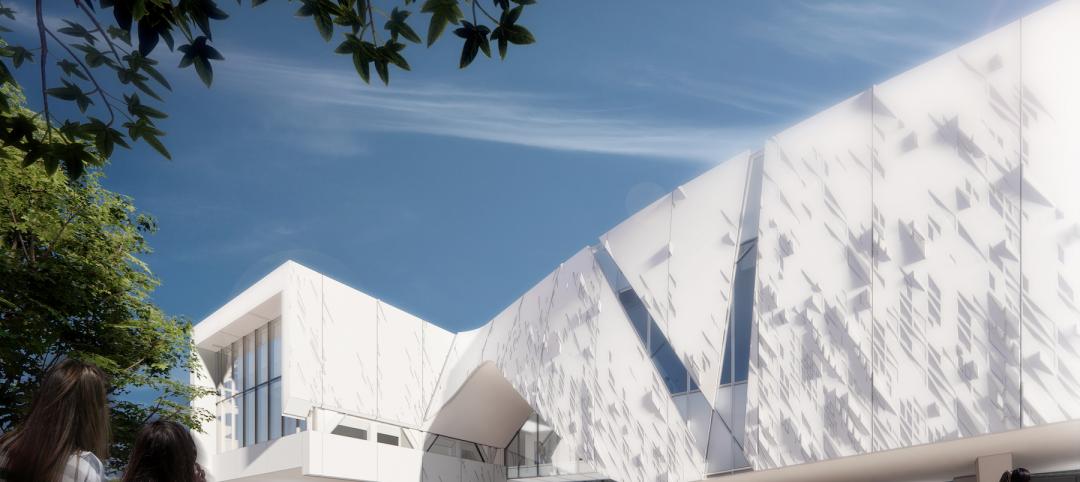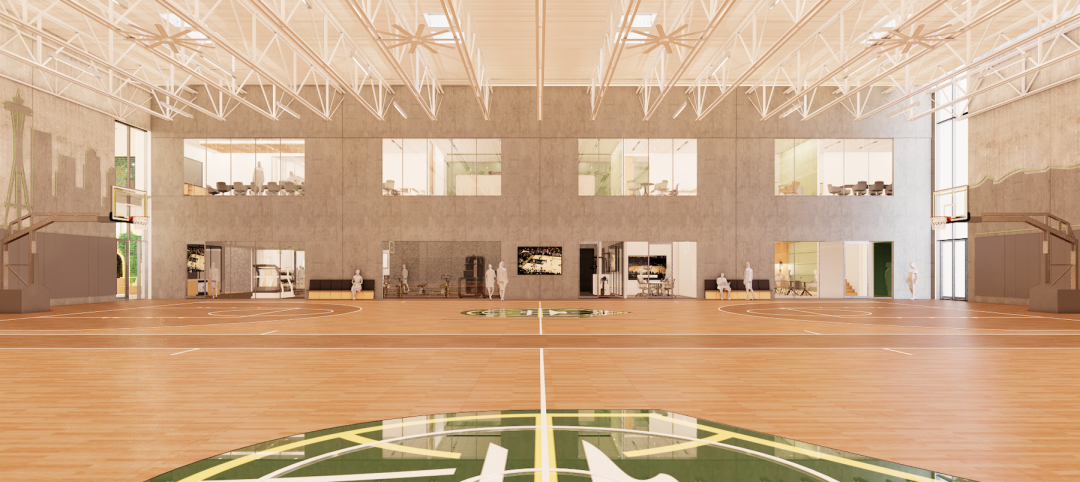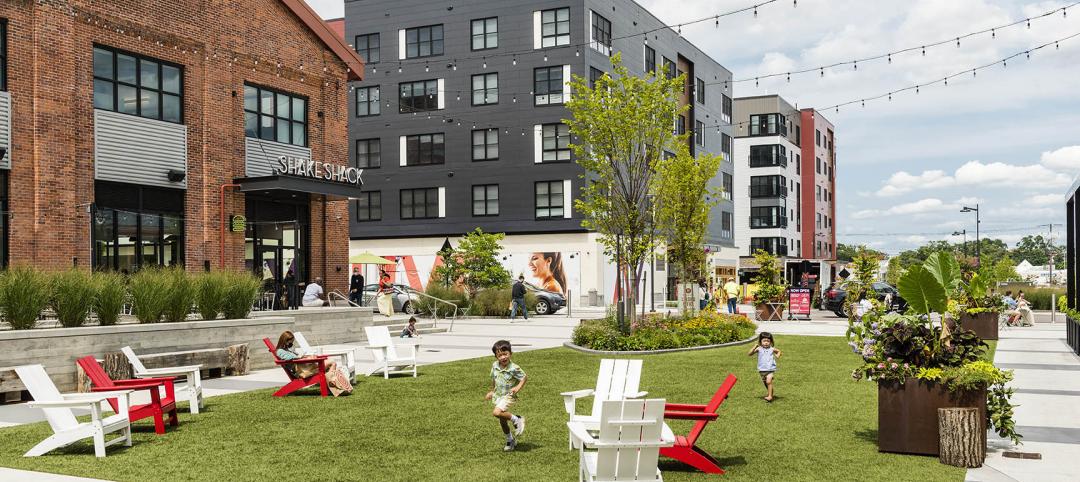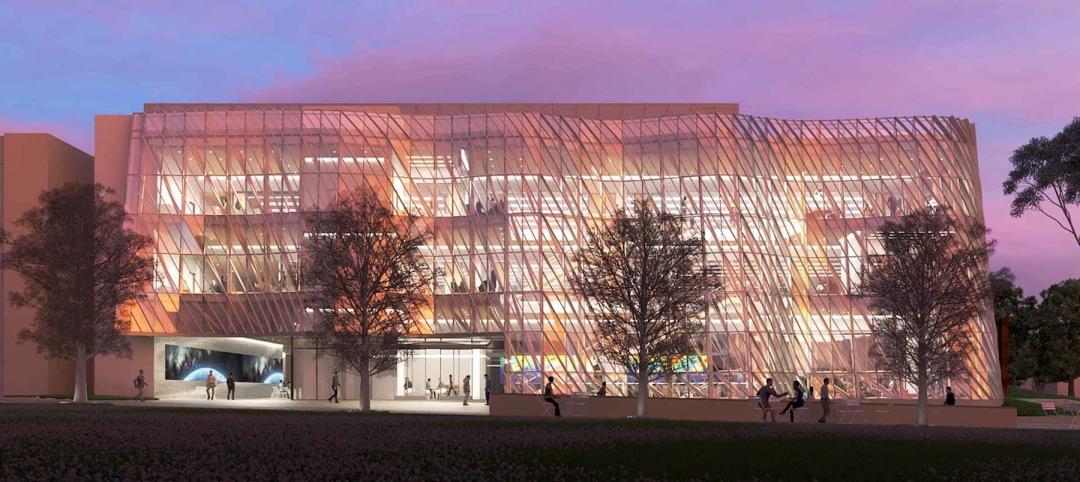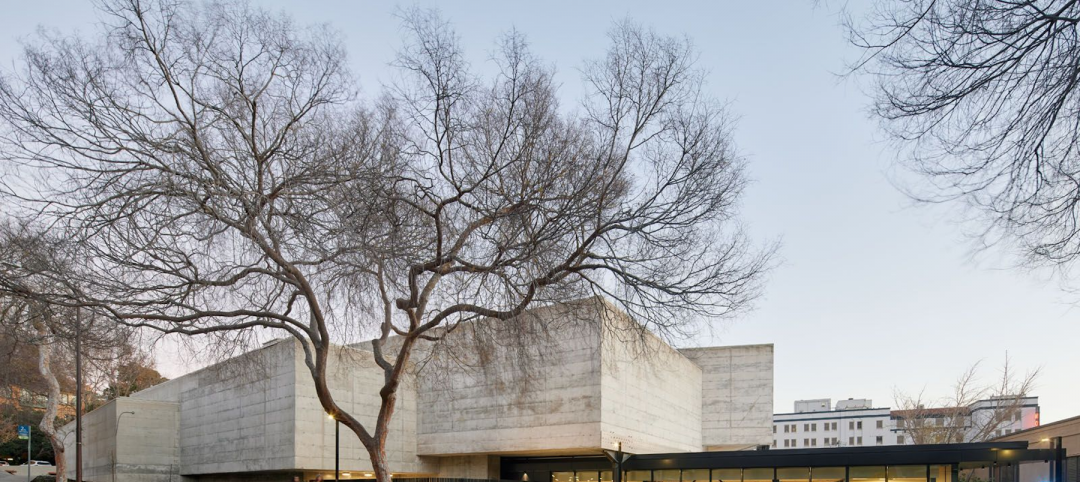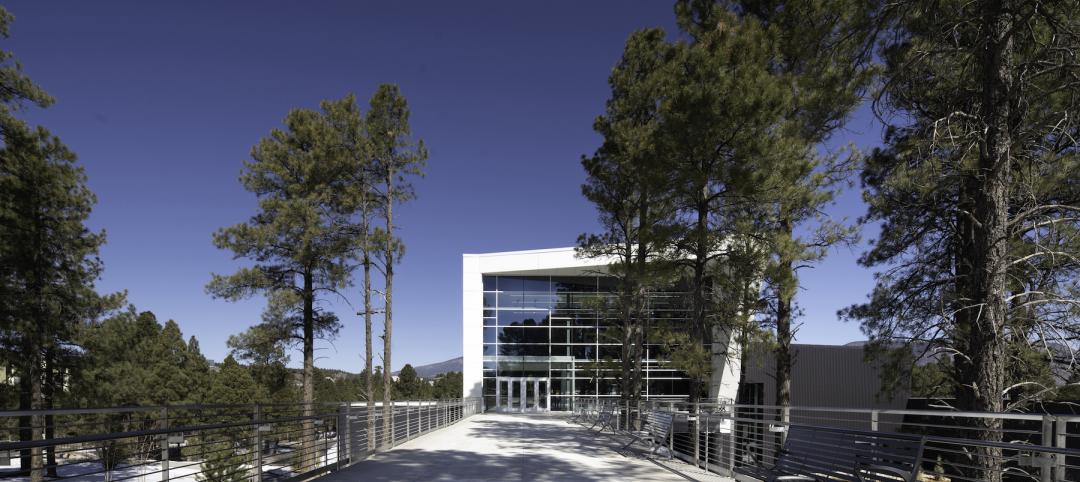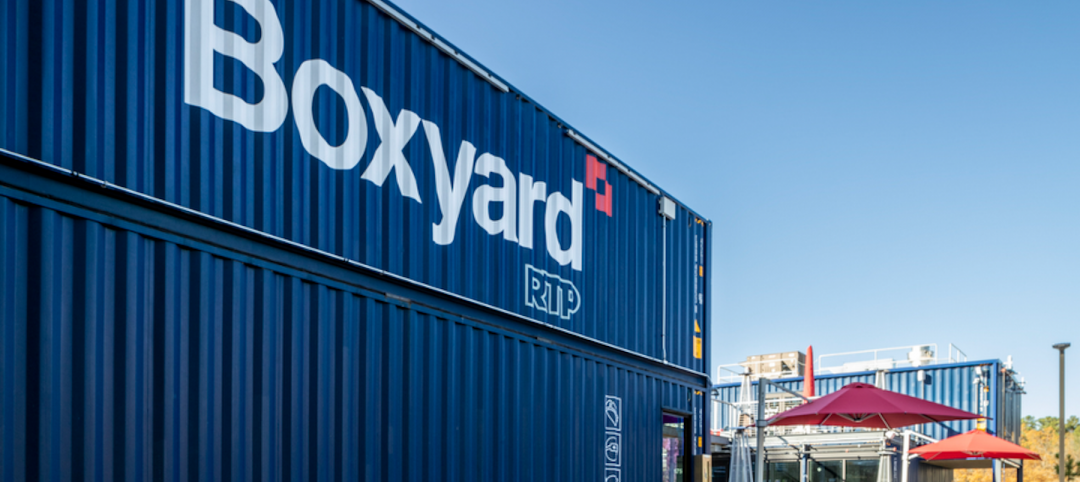HKS Architects, Inc., a national architectural firm with 28 U.S. and international offices, has formed the HKS Science & Technology practice.
Specializing in the planning and design of highly technical building types, HKS’s Science & Technology practice offers the broadest range of services available to the academic and biomedical research, biotechnology, pharmaceutical and medical device community, including laboratory programming, planning and design, strategic science planning and laboratory equipment planning.
“We know that the continuum of new science and emerging technologies is evolving with ever-increasing momentum,” said Ralph Hawkins, president and CEO of HKS, Inc. “Offering science and technology services to our clients is part of HKS’s strategy to provide the most comprehensive services to meet their constantly changing and evolving needs.”
H. Michael Smith, AIA, LEED AP, senior vice president, is HKS’s National Science & Technology Practice Leader. With more than 27 years of experience in a wide range of renovation, adaptive reuse and new construction projects, Smith has focused his entire career on the design of science and technology building types. Working for clients in the corporate, institutional, academic and government market sectors, he has directed, managed, programmed and designed many notable projects, including academic and biomedical teaching and research laboratories, biotechnology and pharmaceutical research and production facilities, cleanrooms for microelectronics and medical device manufacture, and animal research facilities, among others.
For the past decade, Smith has held principal-level, science-practice leadership positions at some of the nation’s largest architectural firms and has been responsible for the development of such notable science buildings as the Wallis Annenberg Research Center at the House Research Institute in Los Angeles, Calif.; the Arnold and Mabel Beckman Cancer Immunotherapeutics and Tumor Immunology Building at the City of Hope National Medical Center in Duarte, Calif.; the Donald P. Shiley Center for Science & Technology at the University of San Diego in San Diego, Calif.; and the Dana & David Dornsife Cognitive Neuroscience Imaging Center at the University of Southern California in Los Angeles, Calif.
Demonstrating the HKS Science & Technology practice’s commitment to achieving excellence in science and technology facilities design, the firm acquired world-renowned laboratory planning firm Earl Walls Associates, which will be rebranded as Earl Walls Consultancy, a division of HKS. With more than 2,500 laboratories to its credit, totaling over 200 million gross square feet, Earl Walls Associates grew from the 1962 collaboration among Dr. Jonas Salk, architect Louis I. Kahn and founder Earl Walls. Together they designed the Salk Institute, which established new milestones for laboratory facilities design. For the past five decades, Earl Walls Associates was integral to the development and innovation of many of the world’s modern laboratory planning concepts, including 22 awarded projects in R&D Magazine’s “Laboratory of the Year” competition.
Ken DeBoer and Ned Michalowski lead the Earl Walls Consultancy, based in San Diego, Calif. DeBoer, with 37 years of experience, is a programmer and planner with a complete understanding of the technical issues involved in highly complex laboratories and their support systems. His portfolio includes facilities for numerous government and academic institutions, ranging from sophisticated national core facilities to instructional laboratories for community colleges. More than 25 years ago, DeBoer began his laboratory planning career working with Earl Walls.
Michalowski has gained varied experience in the programming and design of laboratory facilities for the federal government, academia, private sector and institutional research. He joined Earl Walls in 1985 and has extensive experience providing strategic science planning, programming and design for numerous projects of various sizes, types and complexity. His projects have won awards including R&D Magazine's 1995 “Laboratory of the Year” for Ciba-Geigy's Life Sciences Building.
“DNA genetic coding didn’t exist 20 years ago,” said DeBoer. “Today, scientists are reinventing science as new methods and technologies become available. In turn, we must design facilities to accommodate both existing and future technologies. We speak the language of scientists, offering a distinct blend of technical knowledge and design creativity.”
Examples of innovative science and technology projects include:
- University of Texas, MD Anderson Cancer Center Clinical Research Building, Houston, Texas
- University of Arkansas for Medical Sciences, Biomedical Research Center, Little Rock, Arkansas
- University of Texas Southwestern Medical Center, Clements Advanced Medical Imaging Center, Dallas, Texas
- Brooke Army Medical Center, Institute of Surgical Research, Fort Sam Houston, Texas
- Utah State University, Widtsoe Hall Chemistry Building, Logan, Utah
- Instituto de Diagnóstico y Referencia Epidemiológicos (InDRE), Infectious Disease Laboratories, Mexico City, Mexico
- The Salk Institute for Biological Studies, La Jolla, California
- National Institutes of Health, Mark O. Hatfield Clinical Research Center, Bethesda, Maryland
- Ciba Geigy Pharmaceuticals, Life Sciences Building, Summit, New Jersey
- National Institute of Standards and Technology (NIST), Advanced Measurement Laboratory, Gaithersburg, Maryland
- Genomics Institute of the Novartis Research Foundation, La Jolla, California
- University of Alabama, Shelby Hall Interdisciplinary Science Building, Tuscaloosa, Alabama
- Pacific Northwest Laboratories, Environmental Molecular Sciences Laboratory, Richland, Washington
- University of Wisconsin, Microbial Sciences Building, Madison, Wisconsin
“Science and technology facilities should inspire creativity and innovation, foster collaboration among colleagues and peers, attract and retain the best and brightest talent, and effectively represent an institution’s desired image to the public,” said Smith. “I am passionate about our work and committed to delivering facilities for science that meet the highest expectations of our clients, while respecting their time and budget constraints.” BD+C
Related Stories
Museums | May 31, 2022
University of Texas at Dallas breaks ground on new 12-acre cultural district
The University of Texas at Dallas (UT Dallas) recently broke ground on the Crow Museum of Asian Art, the first phase of a new 12-acre cultural district on campus.
BAS and Security | May 26, 2022
Can your intelligent building outsmart hackers?
ESD's security services studio leader Coleman Wolf offers tips, advice, and lessons for protecting real estate assets from cyberattacks.
Sports and Recreational Facilities | May 26, 2022
WNBA practice facility will offer training opportunities for female athletes and youth
The Seattle Storm’s Center for Basketball Performance will feature amenities for community youth, including basketball courts, a nutrition center, and strength and conditioning training spaces.
Multifamily Housing | May 25, 2022
9 noteworthy multifamily developments to debut in 2022
A 1980s-era shopping mall turned mixed-use housing and a mid-rise multifamily tower with unusual rowhomes highlight the innovative multifamily developments to debut recently.
Coronavirus | May 20, 2022
Center for Green Schools says U.S. schools need more support to fight COVID-19
The Center for Green Schools at the U.S. Green Building Council released a new report detailing how school districts around the country have managed air quality within their buildings during the second year of the COVID-19 pandemic.
Regulations | May 20, 2022
Biden’s Clean Air in Buildings Challenge aims to reduce COVID-19 spread
The Biden Administration recently launched the Clean Air in Buildings Challenge that calls on all building owners and operators, schools, colleges and universities, and organizations to adopt strategies to improve indoor air quality in their buildings and reduce the spread of COVID-19.
Building Team | May 20, 2022
Caltech breaks ground on a new center to study climate and sustainability
The California Institute of Technology (Caltech) recently broke ground on its Resnick Sustainability Resource Center.
Laboratories | May 20, 2022
Brutalist former Berkeley Art Museum transformed into modern life science lab
After extensive renovation and an addition, the former Berkeley Art Museum and Pacific Film Archive at the University of California, Berkeley campus reopened in May 2022 as a modern life science lab building.
Sports and Recreational Facilities | May 19, 2022
Northern Arizona University opens a new training center for its student athletes
In Flagstaff, Ariz. Northern Arizona University (NAU) has opened its new Student-Athlete High Performance Center.
Energy-Efficient Design | May 19, 2022
Shipping containers used to build Research Triangle Park’s first community gathering space
Shipping containers were the prominent building material used to construct Boxyard RTP, the first public community and gathering place in North Carolina’s Research Triangle Park (RTP).



